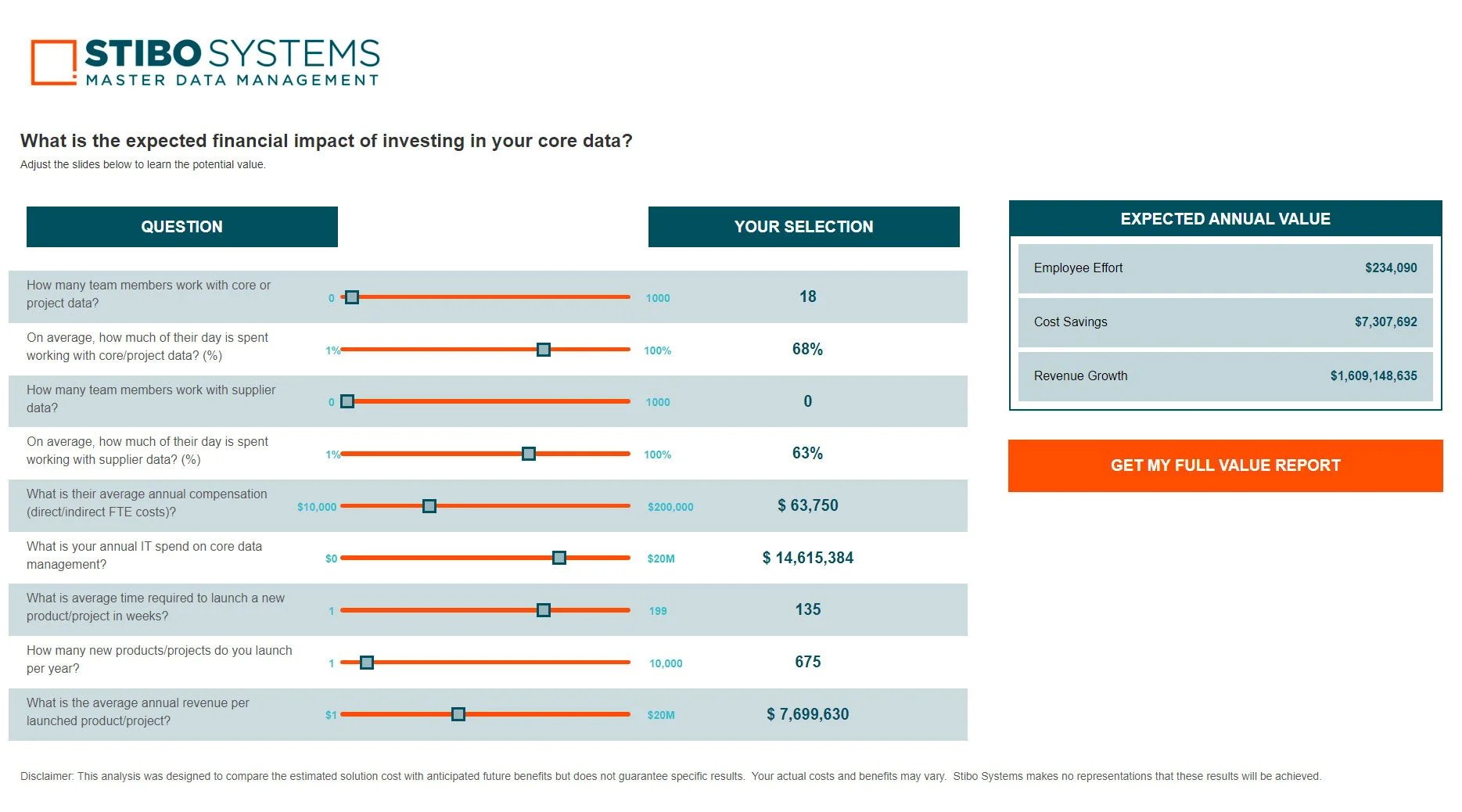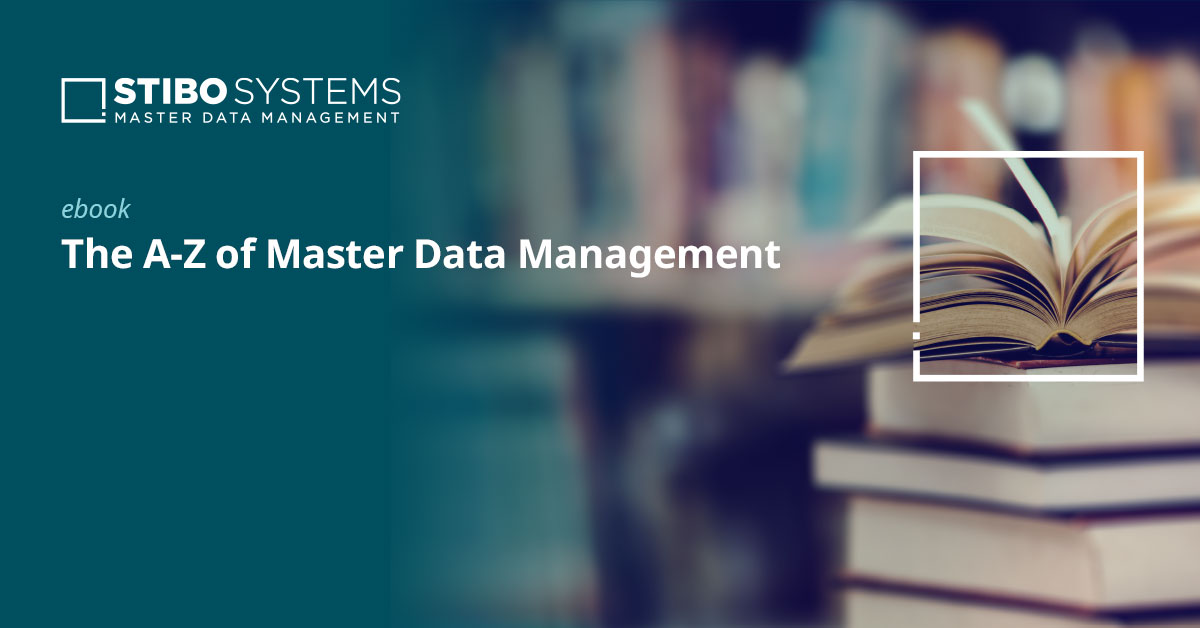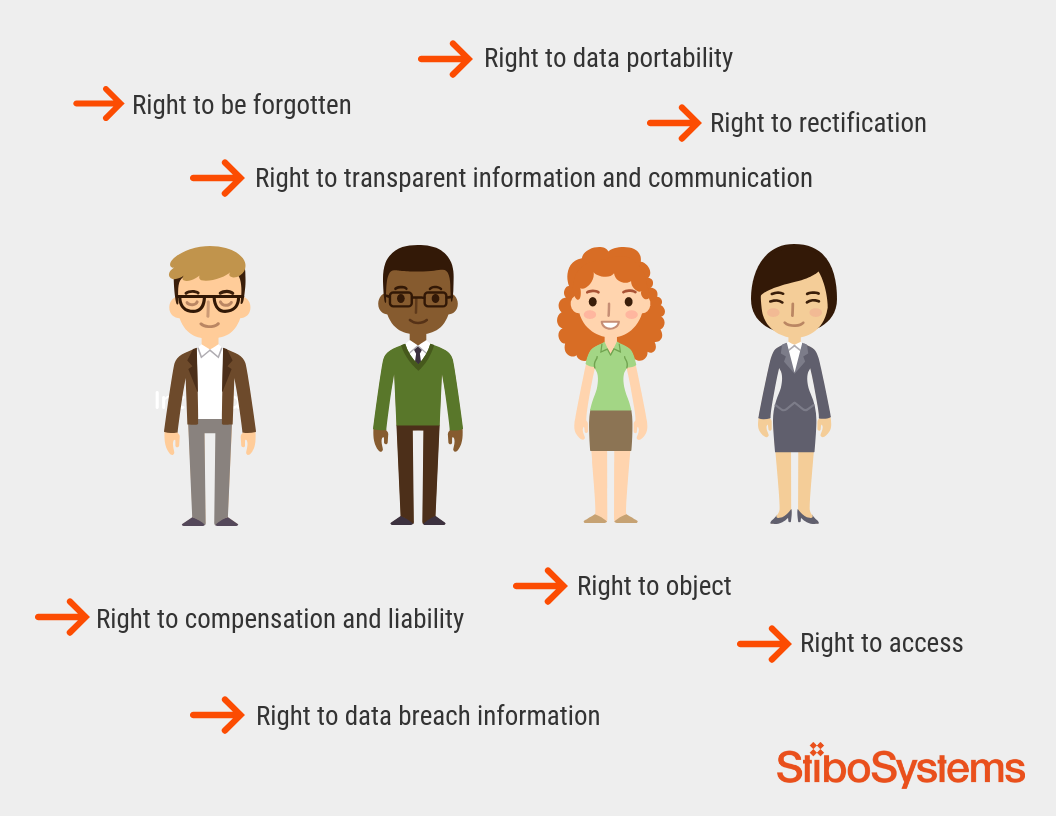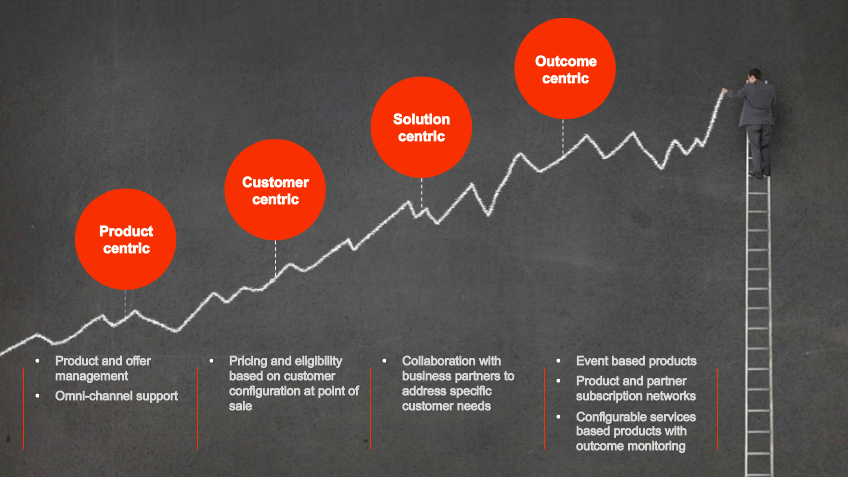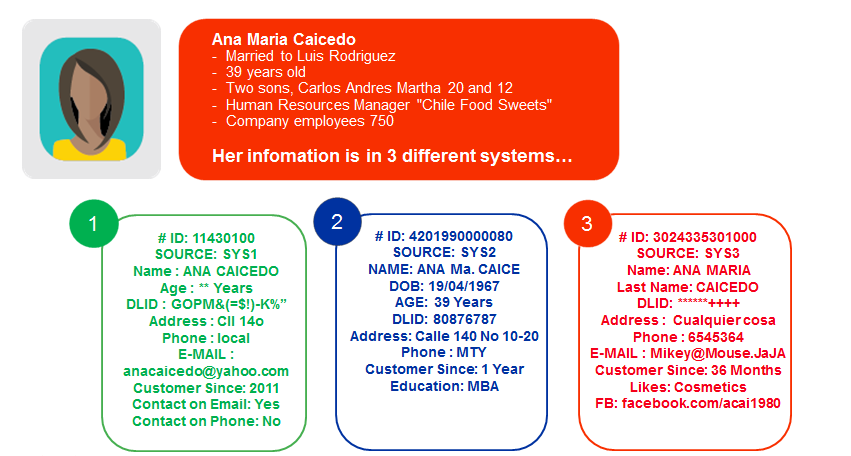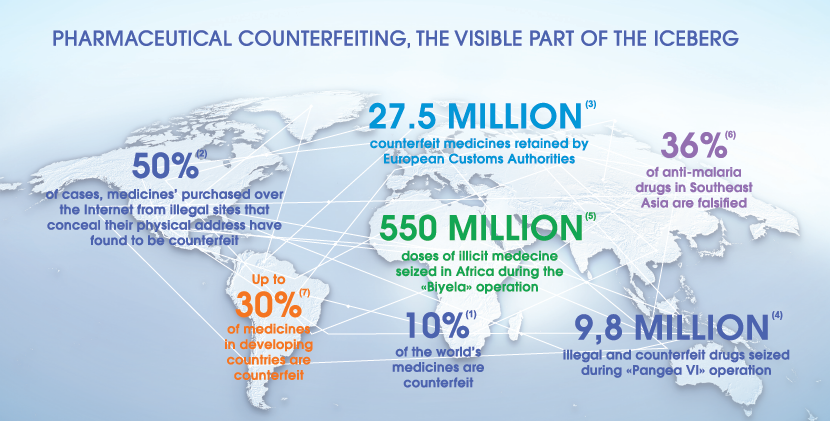Internet of Things (IoT) technology is one of the hottest technologies out there right now. It is used in numerous ways and by virtually every industry thinkable.
Retailers are leveraging the technology to enhance customer experiences, while manufacturers and distributors are utilizing it as a tool to optimize processes. In both cases; the purpose of IoT driven business initiatives is to transform real time data into actual business value.
Of course, this transformation reveals new obstacles: The connected devices in the enterprise generate vast amounts of streaming data, which require context to deliver value. The observed trends must be related to the business assets to which they are attached, taking into consideration the utilization and goals of those assets. Only by applying this context can asset performance be improved to better meet the objectives of the business.
In other words: there’s a lot of work to be done for any IoT business initiative to succeed. But don’t worry. In this blog post we’ll share how organizations can plan, execute and evaluate effective IoT business initiatives.

PHASE 1: THE PLANNING STAGE
1. Quantify the expected outcome of the IoT investment
Begin by clearly stating the business decisions to improve with IoT based insights. As part of this process, establish some hypotheses to validate the improvements expected. These will become the metrics that success is measured against. These hypotheses must have a rough valuation to the business in order to quantify success.
For instance:
We expect that this initiative will improve customer satisfaction ratings by 20%
or
We expect an operational efficiency gain of at least 12%
2. Investigate thoroughly the complexity of extracting value from IoT data
The key to generate value with IoT is to get it into the context of the enterprise. Do you have the solutions in place that can link information and systems? This basic groundwork needs to be established before launching your IoT project.
3. Identify solution partners
Connecting enterprise systems to link the IoT data with your own data is complex. You may very well need help. So, identify what you need help for – technology, integration, analysis - then the partners that can realize it. IoT solutions require integration with the enterprise and reliable data (MDM), connectivity and streaming data (IoT platform), and analytics (BI). Artificial intelligence and machine learning are affecting all three of these key areas. The right partners will bring the experience and technology to deliver success.
4. Don’t do a 'Big Bang'. Start small
Evaluating an innovation begins with a Proof Of Concept (POC). Perform a series of smaller pilot projects as you scale up, as scalability is another major challenge of IoT. Doing a number of smaller pilots uncovers valuable insights, making it possible to react to unknowns at an early stage, before taking the initiative into production.
PHASE 2: THE EXECUTION STAGE
1. Make a plan for the Proof-of-Concept and pilots
Enterprises commonly evaluate several IoT POC and pilots in different business units of the organization. Develop an individual strategy for each of those, following a common methodology where beneficial.
2. Instrument your world
Instrumentation is the process of adding connected technology to assets for acquiring data and interacting remotely with those assets. The instrumentation strategy is guided by the objectives of the IoT project. The instruments must gather the data to effect the changes dictated by the project objective, and enable the desired remote interaction with the business assets to gain efficiencies at scale.
3. Set up the report framework
You probably have partnered with analytics experts, but you need a plan to ‘translate’ the analytics into meaningful business actions. How do you plan to interact with the streaming device data in the cloud? Will you extend the vendors’ standard templates into meaningful analytics and visualizations? Have you designed the requirements for the visualizations to meet the goal of the IoT outcomes? You need to set up the needed framework for reporting.
4. Analyze and visualize
Once you have a meaningful report with lots of useful data, boil it down to something very critical and usable so that executives can go drive decision making with it.
PHASE 3: THE EVALUATION STAGE
1. Align and validate
This is where you evaluate the hypotheses that you created in the planning stage. Did you see the improvement that you expected to see? Did you discover something entirely new? Did it simply miss the mark? Make adjustments according to this analysis before launching a new pilot project.
2. Test analytical output
You want to compare your analytics with reality by asking the relevant employees if what they are experiencing in the business corresponds with what the analytics are saying.
3. Prepare for upscaling
At this point, you can start testing scalability by making sure that you can move bigger amounts of data around your systems.
4. Financial evaluation
Finally, you can validate your estimated final budget based on the pilot projects.
There you have it. A three-step approach to getting off to the best start with your IoT initiatives.
